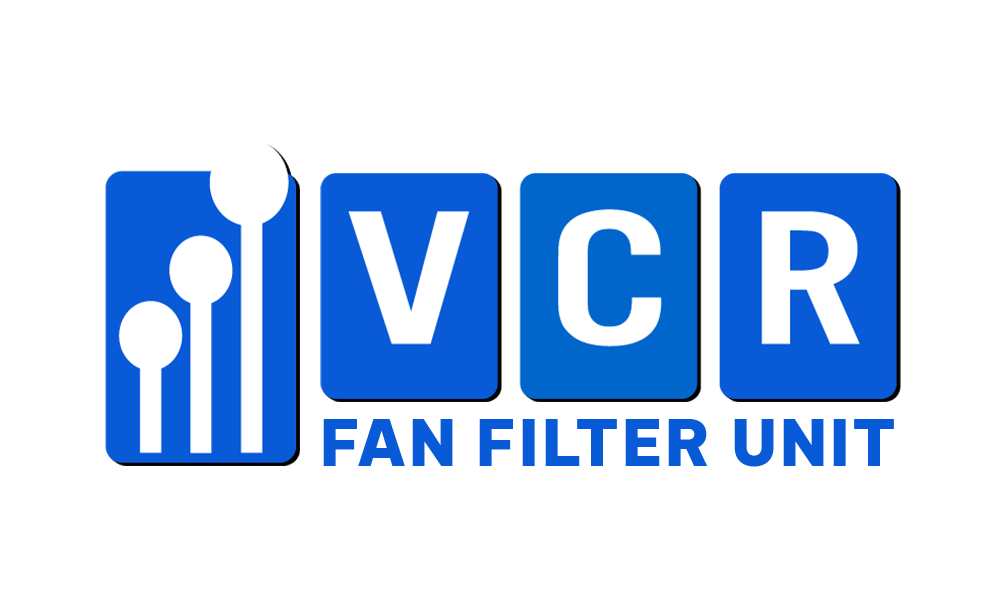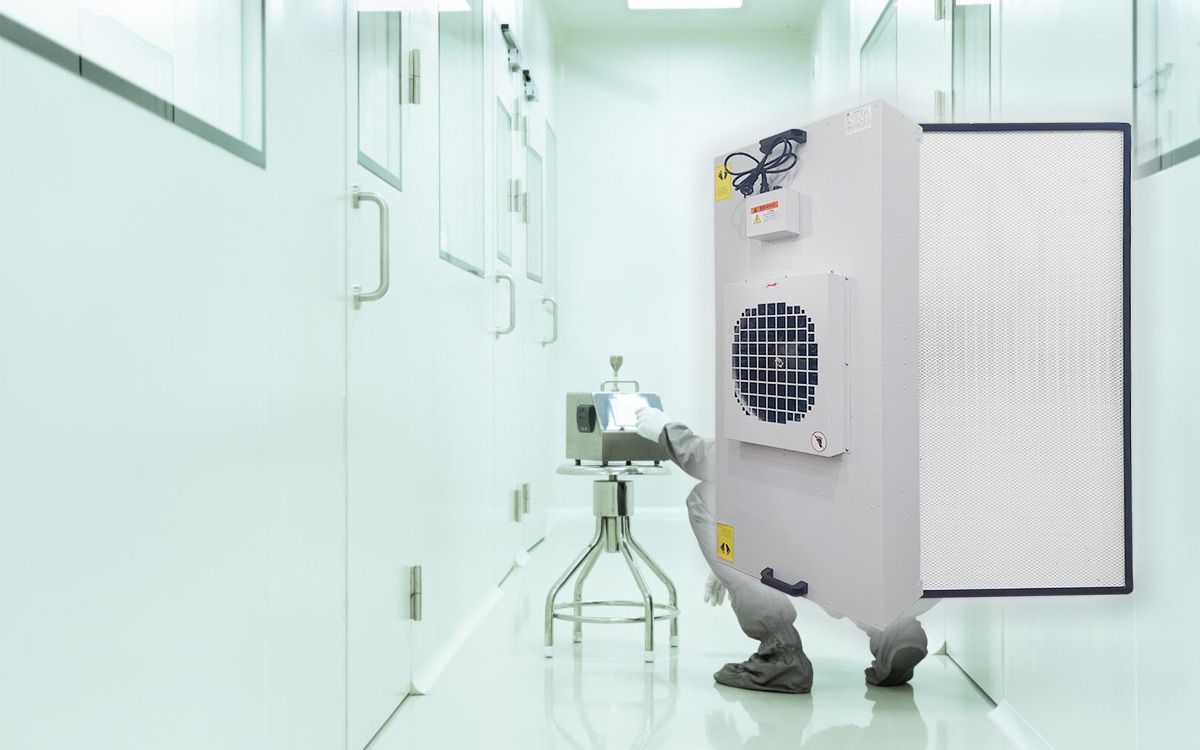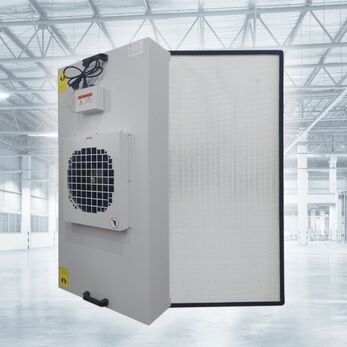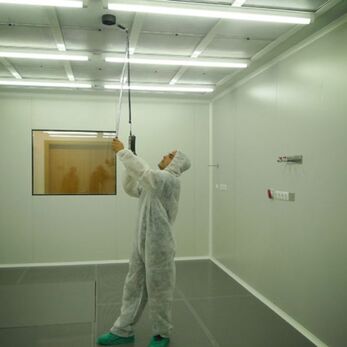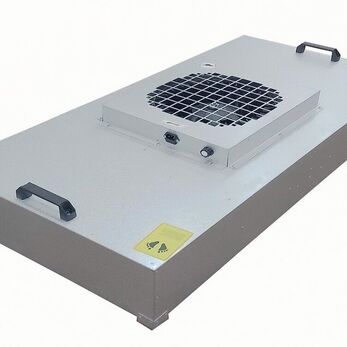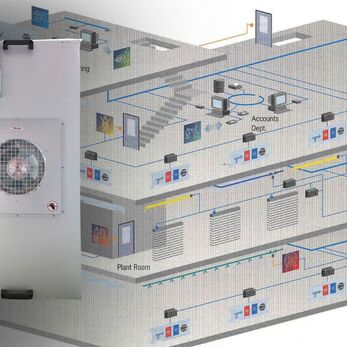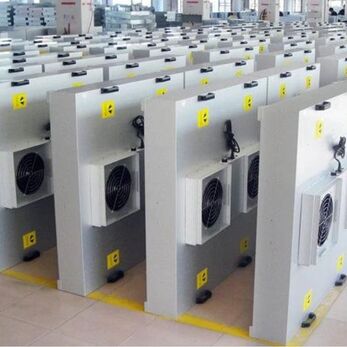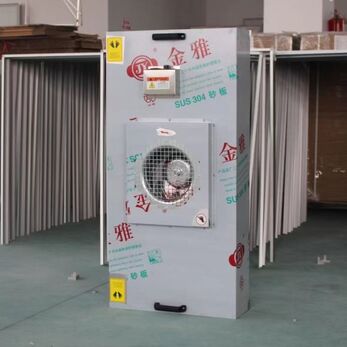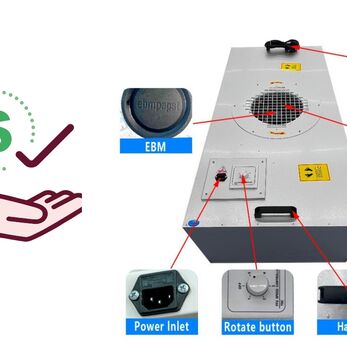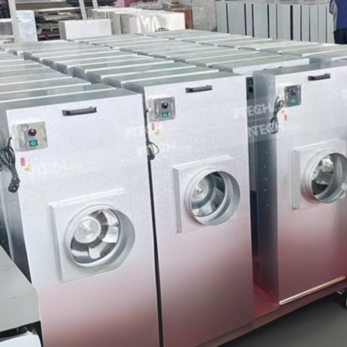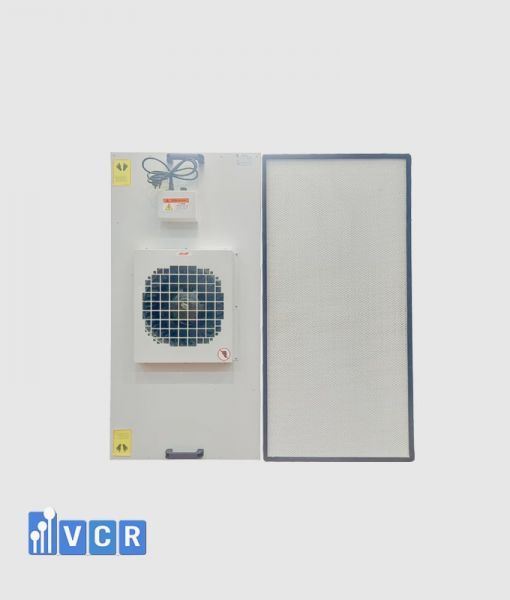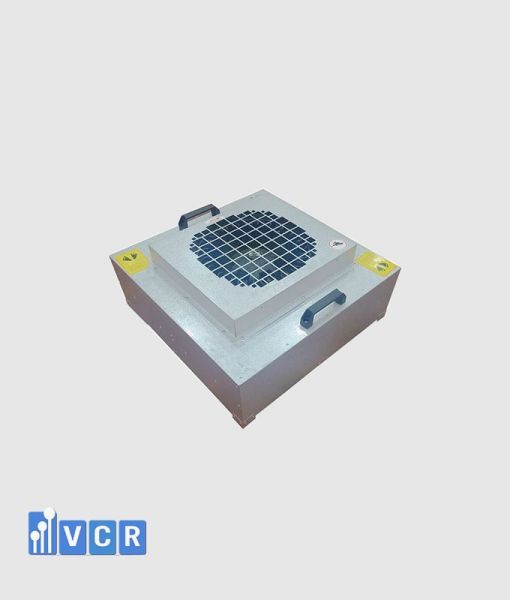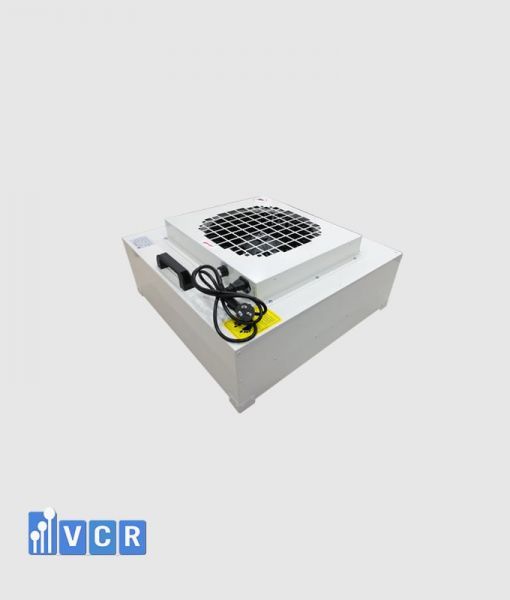Fan filter units (FFUs) are the workhorses of cleanrooms, providing essential filtered air for sensitive environments. While their contribution to maintaining cleanliness is undeniable, their operation can generate noise, raising concerns about comfort and productivity.
- Understanding the Decibel Dance
- Demystifying Decibels: How Loud is an FFU?
- Setting the Bar: Acceptable Noise Levels in Cleanrooms
- The Unifying Hum: The Superimposed Effect of Multiple FFUs
- Unveiling the Culprits: Sources of FFU Noise
- 4 Ways To Reduce Noise Of Fan Filter Unit In Cleanroom
- Beyond Decibels: Advanced Noise Reduction Techniques
- Conclusion: Striking the Right Balance
- So, Remember:
This article delves into the intricacies of FFU noise, exploring its sources, acceptable levels, and effective mitigation strategies.
Understanding the Decibel Dance
- Standards and Regulations: TCVN 8864-4:2011 dictates a noise level range of 55-65 dB in cleanrooms, with control guided by ISO 3746 standards. Ensuring compliance with these regulations is crucial for occupant comfort and work efficiency.
- Noise Culprits: Several internal components contribute to FFU noise:
- Motor Operation: The motor's vibration and running frequency generate sound.
- Fan Blade Rotation: Turbulence and air movement caused by spinning blades contribute to noise.
- Casing Vibration: Resonant vibrations of the FFU housing can amplify noise levels.
See more: Fan Filter Unit Control Modes
Demystifying Decibels: How Loud is an FFU?
Quantifying FFU noise requires context. Factors like fan model, specifications, and testing conditions influence the measured data. Generally, individual FFUs operating at moderate air velocities (around 0.9 m/s) produce sound levels between 52-58 dB, comparable to normal conversation or quiet traffic.
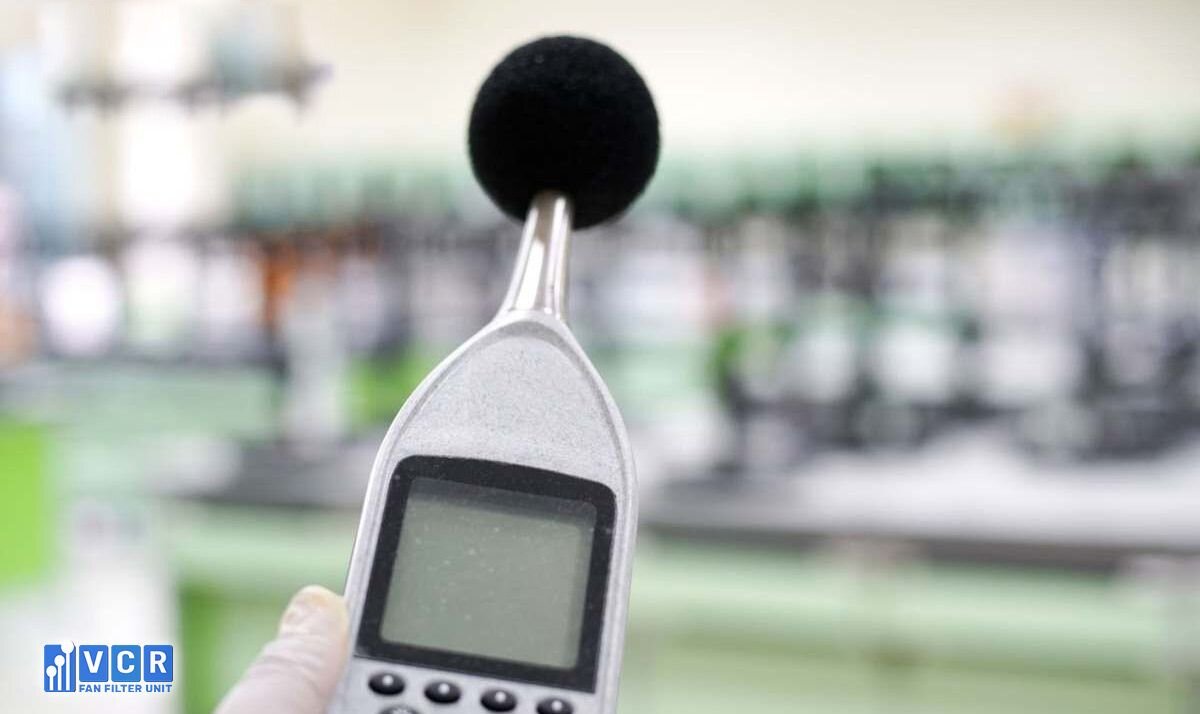
See more: FFU Installation
Setting the Bar: Acceptable Noise Levels in Cleanrooms
While specific regulations vary, a noise level below 65 dB is generally considered acceptable for most cleanroom activities. This threshold ensures a balance between maintaining a peaceful work environment and maximizing air filtration efficiency.
The Unifying Hum: The Superimposed Effect of Multiple FFUs
Remember, FFUs operate in concert, amplifying their collective noise level. This cumulative effect is crucial to consider when designing and installing FFU systems.
Unveiling the Culprits: Sources of FFU Noise
Several factors contribute to the hum of an FFU:
- Motor: The motor's running frequency and mechanical vibrations create noise.
- Fan Impeller: As the motor drives the fan blades, turbulence and air movement generate sound.
- Housing Vibration: The FFU's physical structure can resonate with internal vibrations, amplifying noise.
4 Ways To Reduce Noise Of Fan Filter Unit In Cleanroom
- Choosing the Right Instrument: Prioritize FFUs with low-noise specifications and vibration dampening features. Consulting manufacturers and experts for optimized selection is key.
- Silencing the Exhaust: Strategic placement of silencers within the ductwork efficiently absorbs and dissipates sound waves emanating from the FFU exhaust.
- Moderating the Tempo: Reducing the fan speed, when permissible and aligned with filtration requirements, can significantly reduce noise generation. Balancing air quality with acoustic comfort is critical.
- Tailoring the Cleanliness Level: In specific scenarios, lowering the cleanroom classification, if feasible, can allow for less powerful (and quieter) FFUs while maintaining necessary air purity. Expert guidance is essential for such adjustments.
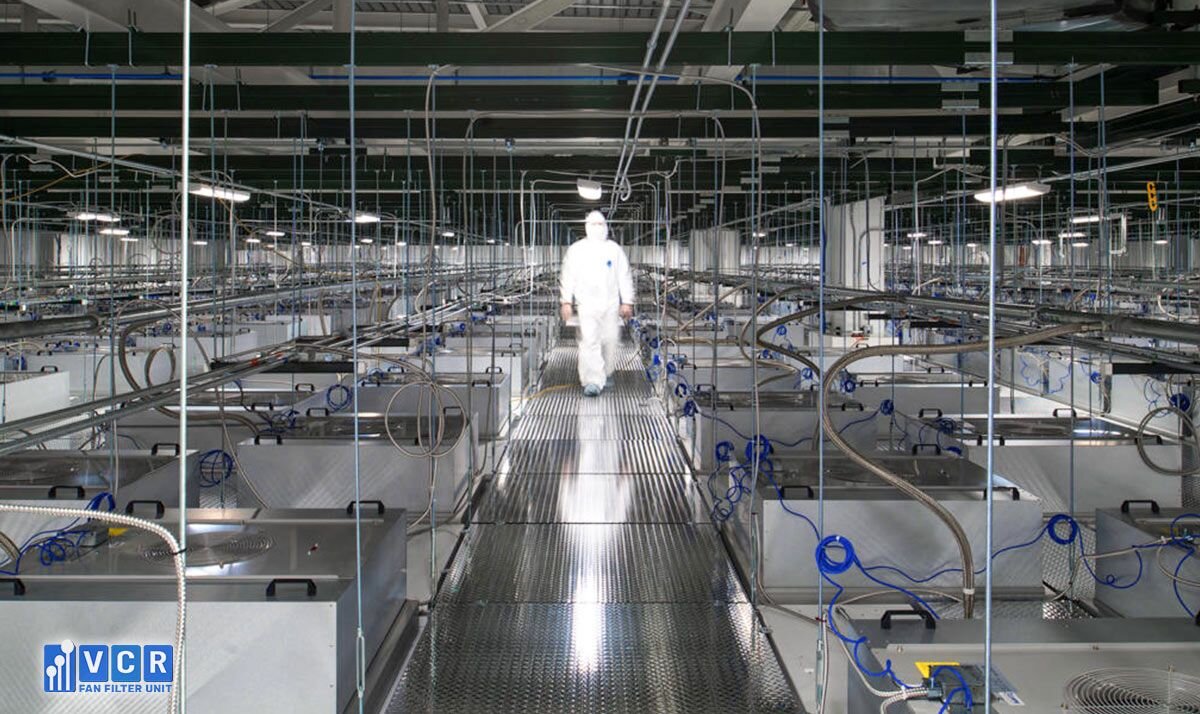
See more: HEPA Filter Leak Testing in FFU
Beyond Decibels: Advanced Noise Reduction Techniques
For demanding applications, consider advanced methods like:
- Sampling Noise Reduction: This technique identifies and removes specific noise patterns without significantly affecting the original sound.
- Filtering: While effective, filtering risks attenuating desired audio frequencies alongside unwanted noise.
See more: Fan Filter Unit vs Laminar Air Flow Unit
Conclusion: Striking the Right Balance
FFU noise, while inherent, can be effectively managed through informed selection, strategic installation, and advanced noise reduction techniques. By prioritizing both cleanroom air quality and acoustic comfort, we can create environments that foster productivity and well-being.
So, Remember:
- Consult relevant cleanroom noise standards and regulations for specific requirements.
- Seek expert advice to tailor noise reduction strategies to your unique cleanroom layout and needs.
- Regularly monitor and maintain FFU systems to minimize noise generation and ensure optimal performance.
Fan filter units (FFUs) are the tireless guardians of air cleanliness in critical environments like pharmaceutical labs, microelectronics facilities, and food production zones. However, their constant hum can disrupt the tranquility and productivity of such spaces. Addressing FFU noise effectively requires a multi-pronged approach, considering both design and operational strategies.


